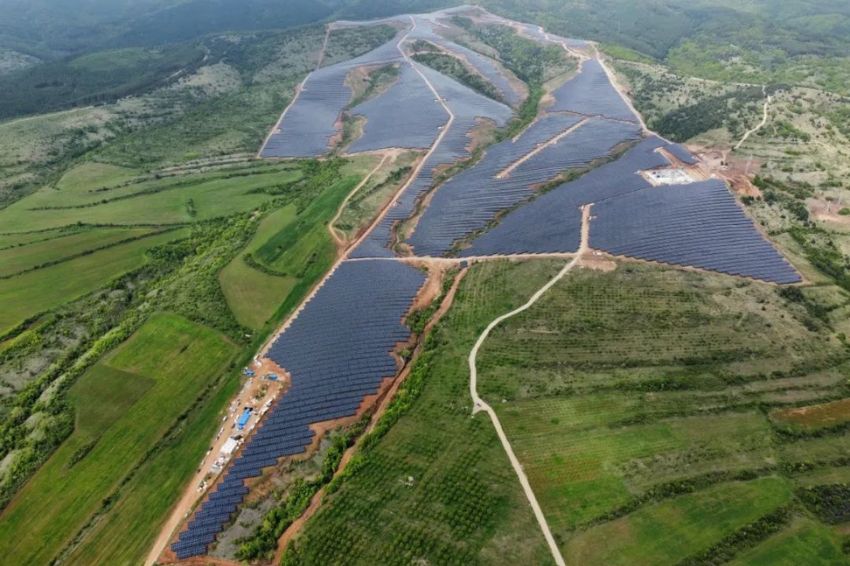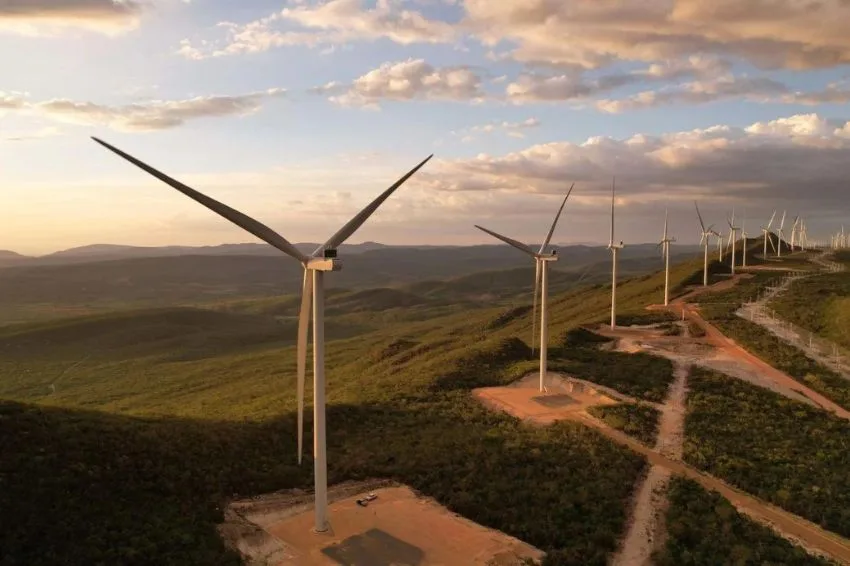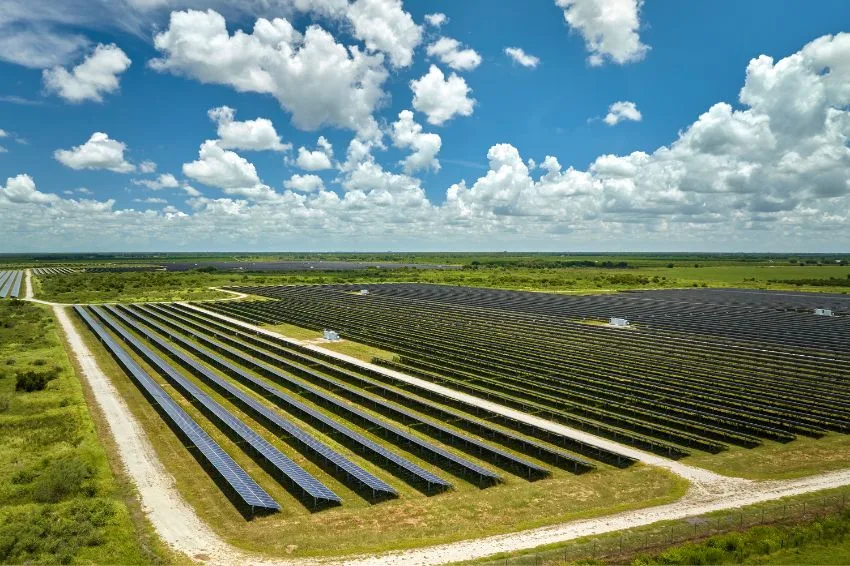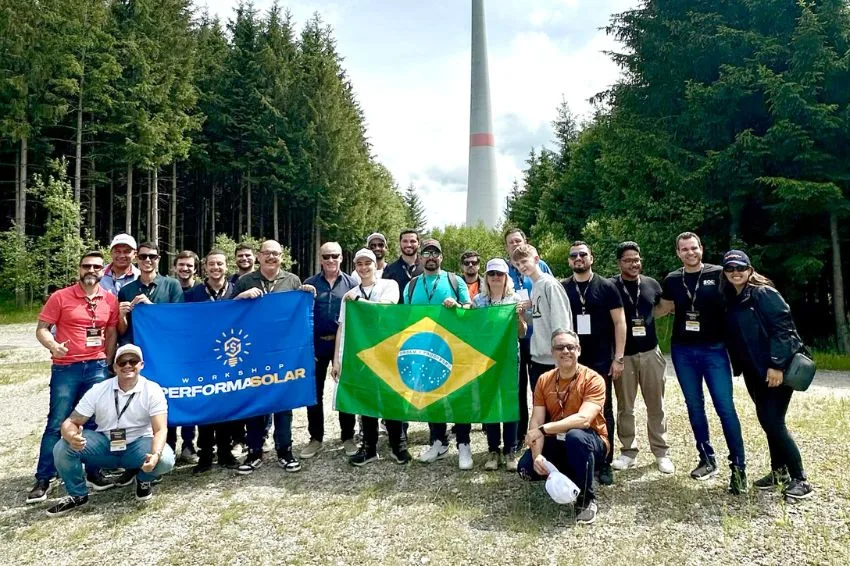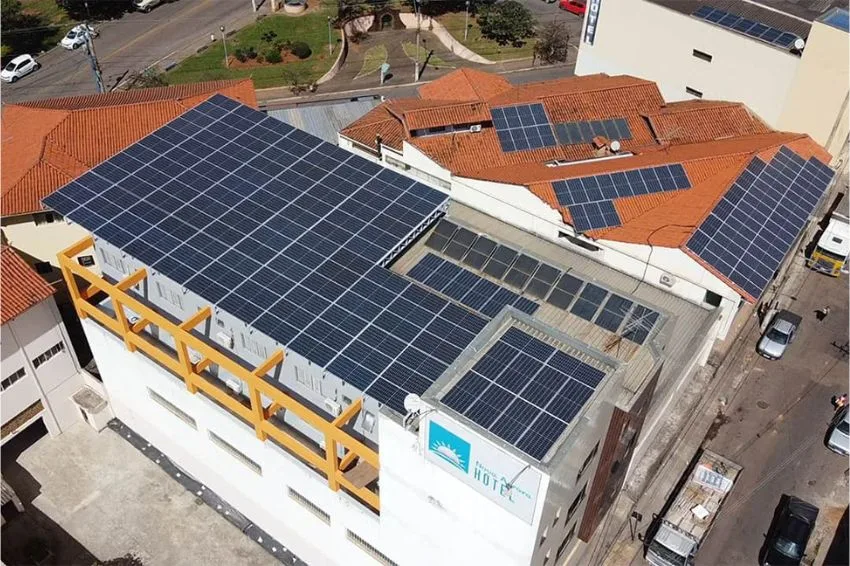A Jinko Solar announced that it has reached the milestone of 200 GW of panel deliveries in world, indicating that one in every eight modules installed was made by the manufacturer.
According to the company, exponential growth was the result of focus in R&D (Research and Development). The milestone was reached approximately 13 years after they began deliveries of their panel in 2010.
In the first quarter of 2021, for example, they managed to deliver 100 GW. Just over two years later, they reached the 200 GW mark. The line of modules includes the Tiger Neo N-Type and the Tiger Pro P-Type.
According to the company, the Tiger Neo series had the majority of its production aimed at this year. “An updated version of the is now introducing new cell efficiency, extra power and further refinement,” they highlighted.
“Jinko continues to work to significantly expand its Tiger Neo N-Type capacity to meet strong demand. During the first three quarters of 2023, we shipped more than 52 GW to 180 countries. In the main solar energy markets, the brand ranked first in market share”, highlighted the manufacturer.
Storage Solutions
Jinko is also betting big on ESS (Energy Storage System), providing its utility-scale and C&I (commercial and industrial) liquid cooling ESS called SunTera and SunGiga to customers around the world.
“With recently signed agreements with a wide range of customers for the PV+ESS solution and the adoption of the liquid cooling system, ESS growth will also need to accelerate to keep pace with Jinko's PV sales,” they concluded.


